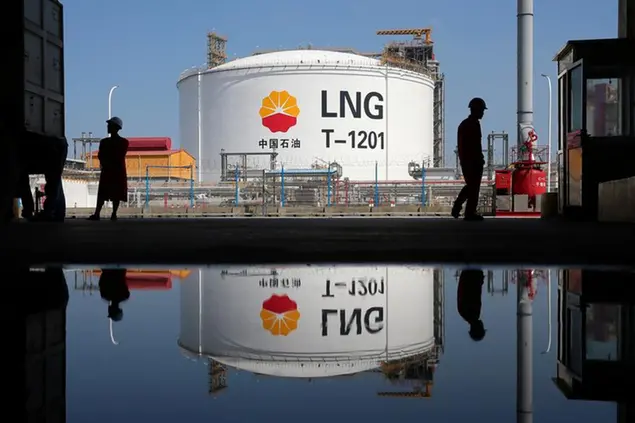PHOTO
SINGAPORE - China's shift towards lower-carbon fuels and a sluggish economy are dampening oil demand growth in the world's largest crude importer, speakers at the APPEC conference said on Monday.
China's annual demand growth has slowed from around 500,000-600,000 barrels per day (bpd) in the five years before the COVID-19 pandemic to 200,000 bpd now, said Daan Struyven, head of oil research at Goldman Sachs.
That is primarily due to the adoption of electric vehicles and the use of trucks powered by liquefied natural gas (LNG) instead of diesel, Struyven said.
"China is super focused on becoming a leader in the global (energy transition) sector by pushing the supply side, which is making the alternatives cheaper," Struyven said.
He added that China has also been reducing its reliance on imports of fossil fuels, which is also negative for oil prices.
During the second quarter, China's oil demand was especially weak, weighed by lower refinery output and a slower economy.
"There's the transition component, which is moving trucks into LNG, and then there's the economic weakness," said Jeff Currie, chief strategy officer of energy pathways at U.S. investment giant Carlyle Group.
Roughly 150,000 to 200,000 barrels per day of lost demand growth is due to energy transition, while the rest is due to economic weakness and oil inventory destocking, Currie said.
This year, concerns about weak oil demand in China, as well as plans by OPEC+ producers to unwind supply cuts, have exerted downward pressure on oil prices, which recently hit more than one-year lows.
"Despite a fourth-quarter 2024 bump, Chinese liquids demand growth is in lower gear – and will stay that way," said Jim Burkhard, vice president, research, at S&P Global Commodity Insights.
(Reporting by Jeslyn Lerh; Editing by Jacqueline Wong)
